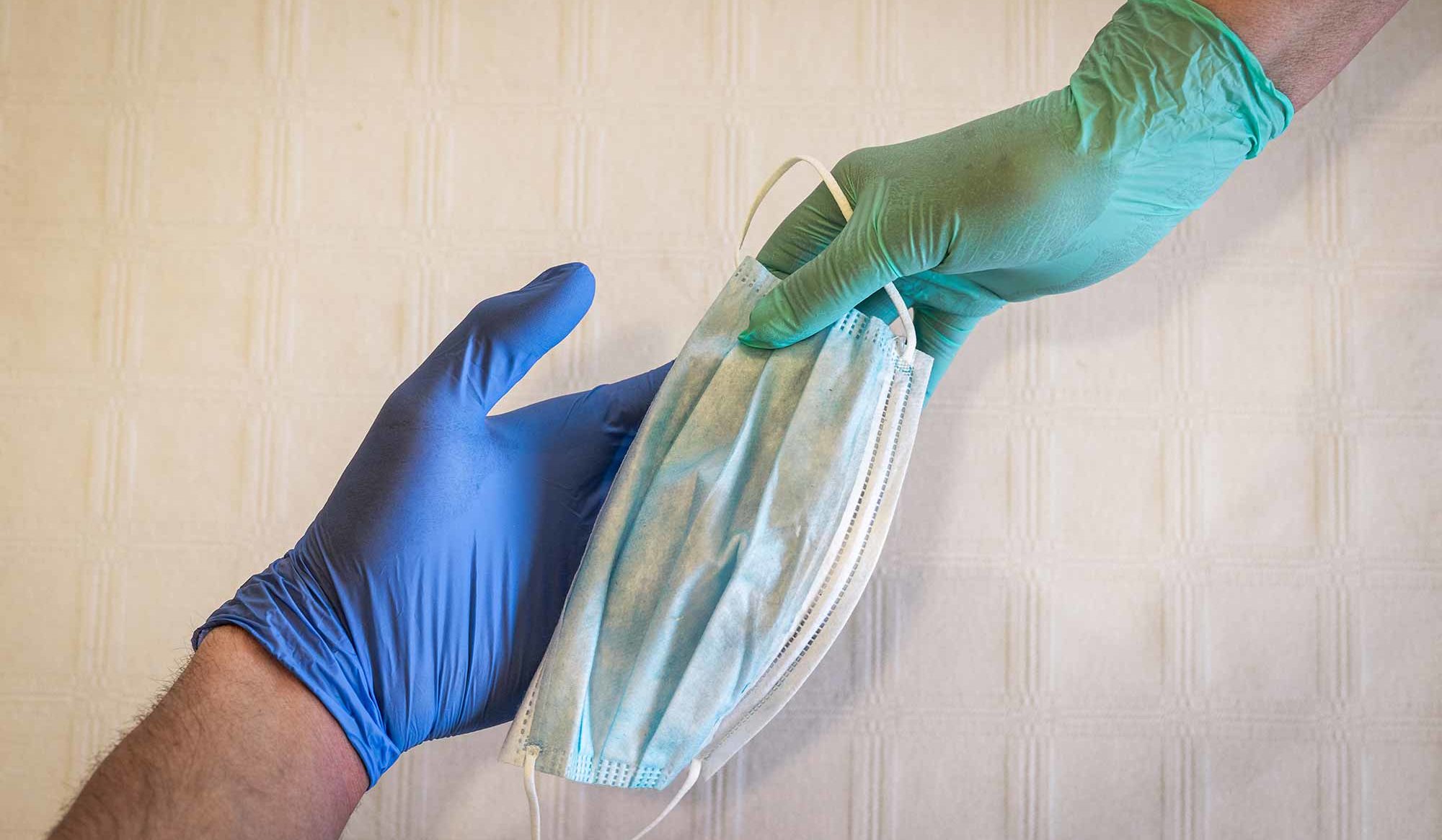 Ashni Hindocha looks at the effect COVID-19 has had on endodontic practice and what this could mean going forward.
Ashni Hindocha looks at the effect COVID-19 has had on endodontic practice and what this could mean going forward.
If you are still a dental student, or even qualified, it is likely the diagnosis and management of endodontic-related issues proves daunting even at the best of times. Throw a global pandemic in the mix. Dentists nationwide were left bewildered as to what the guidelines state they can and cannot do.
Endodontics is a branch of dentistry that fascinates me, so I was intrigued to find out about how protocol has changed in these unprecedented circumstances. In this article I discuss the challenges dentists have faced in the most ‘student friendly’ way possible.
Please note this article should not be used as guidance and dentists should refer to the latest FGDP resources and the British Endodontic Society (BES) guidance.
Remote Triaging
When a patient presents in practice, there is much more to your H&E than their description of their pain. Body language, examination of the oral cavity and special investigations are undertaken to arrive at a diagnosis. The 3Ds of pain management (Hargreaves and Abbott, 2005) – diagnosis, dental treatment and drugs cannot be applied over the phone.
The BES advised a triage service to restrict patient contact based on the 3As – advice, analgesia and antibiotics. I interviewed Dr Aslam Khan, a GDP to discuss the challenges of this new system. He said: ‘It has been frustrating from the off. Once practices closed with immediate effect on the 25th March, we followed the AAA protocol resulting in many patients experiencing toothache.’ This is why taking a good pain history, and if possible connecting via video call to assess facial swellings, is the crucial first step in diagnosis.
The use of antibiotics
‘It took a while for UDCs to be established by the NHS and they were only offering extractions,’ he says. In conclusion, the evidence base for the treatment of endodontic emergencies in many cases took a back seat. It was outweighed by the need to maintain sterile environments by avoiding any aerosol generating procedures. It is also important to note that in light of the concerns around NSAIDS in patients with COVID-19, alongside the lack of definitive evidence for its role in halting disease progression, it has been recommended that patients with suspected or confirmed cases of the virus should take paracetamol only.
In addition, recently there has been a considerable amount of research which supports the reduction of antibiotic prescriptions to manage resistance. There has been a plea from national dental organisations to emphasise that normal principles of prescribing continue to apply. They recognise the struggles faced by dentists through provision of the 3As. However, they emphasised antibiotics should not be prescribed to treat conditions of pulpitis, because of a patient’s request, or routinely to all patients as part of a pathway to care.
Extraction vs Extirpation
Though we do not have official figures, we know that XLAs were the only treatment option for much of lockdown. ‘It goes without saying, many teeth that would normally be saved with root canal therapy have resulted in XLAs,’ says Dr Khan. Even these treatment options were only to be used in allocated urgent dental care centres with appropriate PPE and not at all for primary general dental practice.
In some places, for predictably restorable teeth, the option to extirpate became available later on. But without any instrumentation of the root canal system. Some of the major changes associated with this treatment included the use of a pre-operative mouth rinse to potentially reduce salivary viral load; decontamination of the tooth post isolation with 5% NaOCl; and dressing with Ledermix followed by a more resistant core build up glass ionomer. There’s a requirement for this dressing to last longer than normal.
The way forward
What does this mean for the future of endodontic treatment? Of course the face of dentistry has been changed with the implementation of new PPE guidance. But how have dental professionals had to adapt to these new alternative ways of endodontic management? Dr Khan says: ‘By definition, endodontics has suffered. It’s a relatively long and difficult procedure and usually requires multiple visits. In the current climate, this is mostly avoided due to the need to minimise patient contact. This may result in many clinicians struggling to offer this as a treatment option for the foreseeable future.’
The motto that is drilled into us (no pun intended) from early in our career is to assess restorability. And try to save teeth wherever possible. Whilst we should always be evidence based in our work, there is still a sense of confusion which surrounds the balance between these gold standard methods and safe practice in the midst of a pandemic.
Special thanks to Dr Aslam Khan BDS MFDS RCPSG, principal dentist Clockhouse Dental, Warren House Dental. He is also a clinical teaching fellow of the University of Manchester School of Dentistry.


